Collecting Trip to Peru: Part 1 | Part 2 | Part 3 | Part 4 | Part 5
We were in the rainforest now. The all-encompassing sound was unlike anything I had experienced before. It was surreal, like I was watching a jungle movie, but I wasn’t just watching. I was inhabiting the movie, dwelling within the forest. Birds were making loud calls all around us; palm trees looking more like upright-walking monsters with multiple feet loomed overhead, ready to gobble us down.
Brian spotted a nice pool as we walked. We saw some movement in the pool. As soon as I spotted a fish, I immediately dipped my GoPro in to make an underwater video and attempt to capture the unknown fish.
While I barely captured it, we saw enough later on to identify this first fish as an Aequidens sp.
After taking the short video of the Aequidens sp., I noticed a hole in the same pool. On a closer look, I saw something wiggling inside. I immediately put the GoPro back into the water to record what that was. On a closer look we found out that it was a plecostomus’ tail. I was so excited about seeing my first pleco in Peru.
At around 5:00 pm, we headed back and it took us about 40 minutes on our motocar to get back to town. Here is a small video I made along the way. Notice those tall Brazilian nut trees.
We did not catch any fish this first day on the water because we had left our nets behind. We had come there just to check the condition of the roads and find some potential collecting sites. From this scouting trip, we got an idea of the roads and the water level in the pools.
That evening, Brian took me to a local restaurant where we dined on potato rice with guacamole salsa, accompanied by amazing fruit juice. During the course of our conversation, I learned that it was Peru where they domesticated potatoes for the first time; you can find more than 200 varieties of potatoes in Peru.
After dinner, we headed home and I started reading the books that Brian had brought for me. I don’t know when I fell asleep and drifted into dreams of fishes in the pages of the books and the pools we were yet to explore.
The next morning I woke up and noticed some serious rainfall. I am from India and it rains quite a lot there, but I had never ever seen rain like this before. Each drop was big enough to sting if you stood out in the rain.
The unrelenting rain prevented us from going collecting. We did discover that our neighbors had some interesting animals, including a family of Peruvian hairless dogs and many pups to play with.
Time passed surprisingly quickly for a quiet rainy day. Around 5 PM, the rain slowed, but continued well into the evening.
Brian has a holding facility where he keeps all the fish that he catches. He still had a few fishes there from his last trip; that evening I photographed them while the rain hammered out a steady rainforest rhythm on the tin roof overhead.
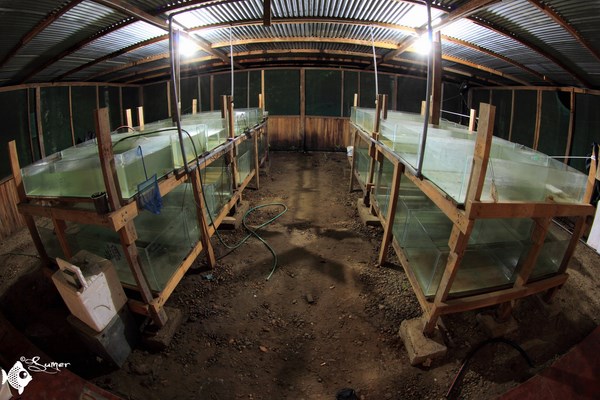
Brian’s fishroom which had around 30 tanks of size 36″x36″x15″ Notice my small photo tank placed on the styrofoam box on the left hand side.
There were many fishes from last year’s trip. Corys, characins and catfish were some of the many there. Here are a few of the treasures I discovered in Brian’s fishroom on that rainy night in Peru.
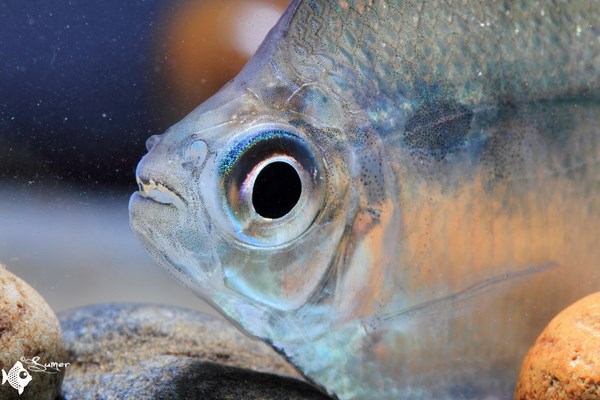
Brachychalcinus orbicularis aka Discus Tetra, a beautiful characin. They can get as large as 10 cm (4 inches).
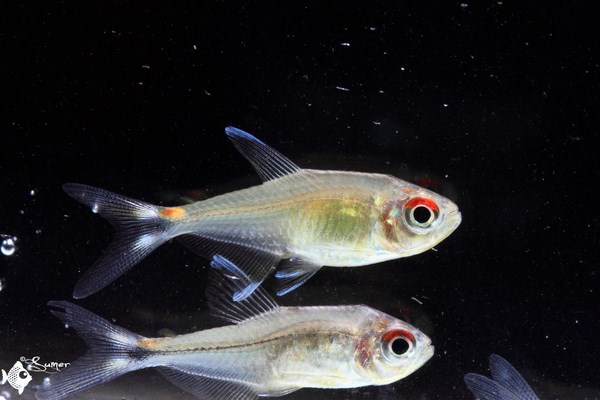
Tentatively identified as Hemigrammus taphorni—A not so common tetra species in aquarium trade, and a very delicate little fish.
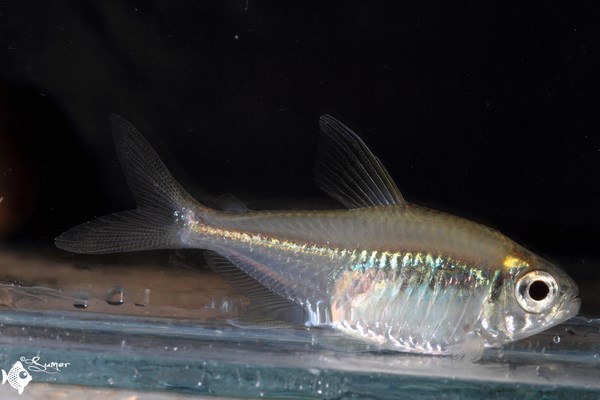
Hyphessobrycon neptunes. Very little or almost no information is available about them on the web. Unlike Hyphessobrycon loretoensis which are also found in Peru, these do not have black on the body.
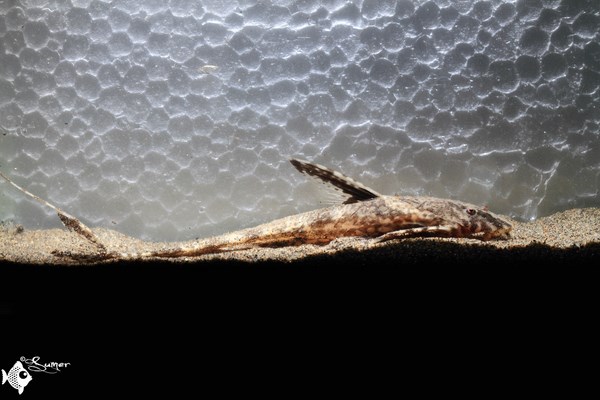
Rineloricaria lancelota aka Whiptail Catfish from Las Piedras River, Peru. This specimen was around 10 cm long.
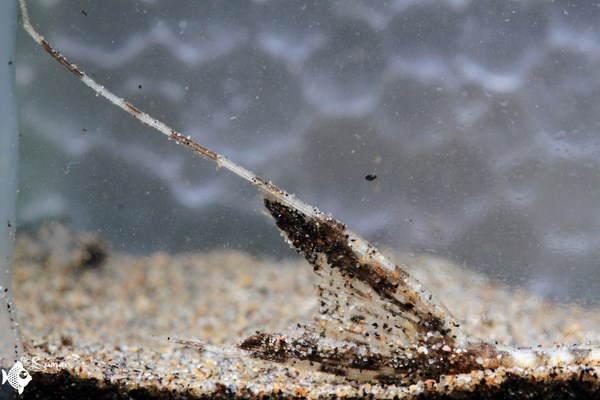
Closeup of caudal fin. The extended ray makes the tail look like a whip and gives them their common name.
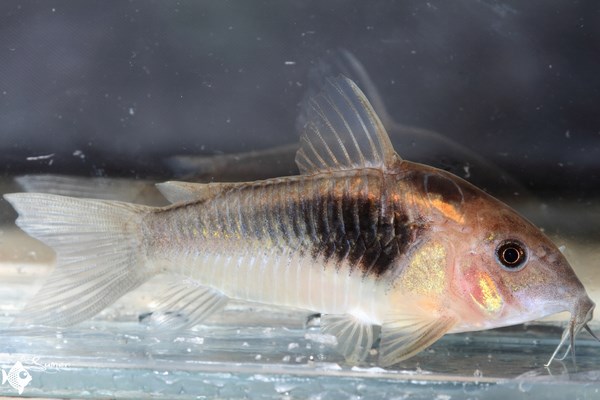
Corydoras sp. (Cw041), from Madre de Dios region. They are often mixed with Corydoras sp. (Cw16) in the aquarium trade.
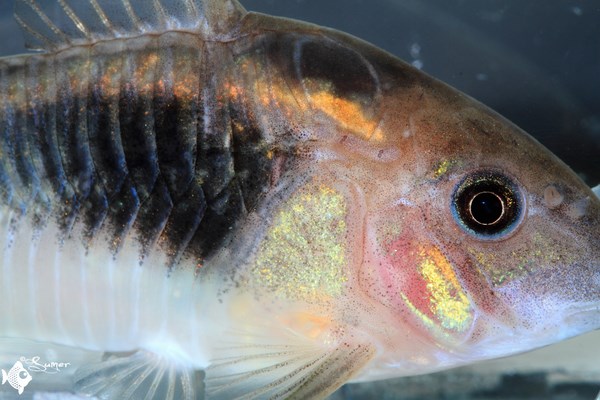
Corydoras sp. (Cw041) showing beautiful bright colors. Later in the trip, we caught them from a cold water stream.
It was around 8 in the evening by them. Brian asked me to come and join him for some bien heleda cerveza (Spanish for “very cold beer”).
After the beer and tasty dinner, we hit the bed hoping that it wouldn’t still be raining come morning.
To put a full stop to your imaginations, no it did not rain the next day. So we went out and caught some of the most amazing fishes I have ever seen. To see and read more about an unreal looking 5-inch killifish, stay tuned 😉
Till then keep loving your fish,
Sumer
Collecting Trip to Peru: Part 1 | Part 2 | Part 3 | Part 4 | Part 5

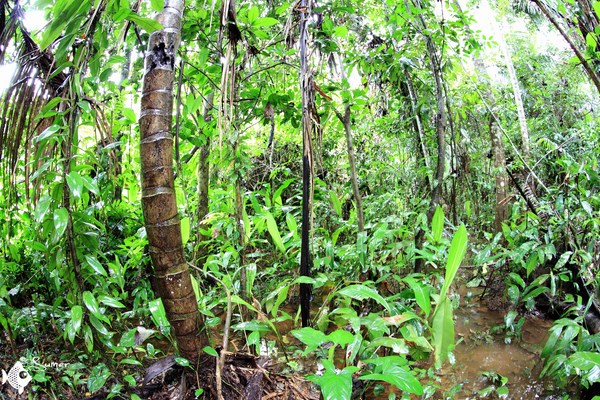
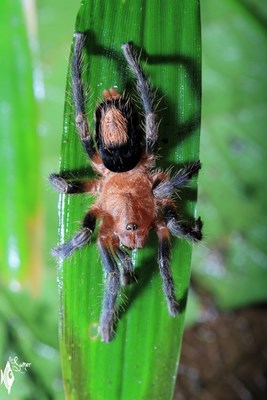

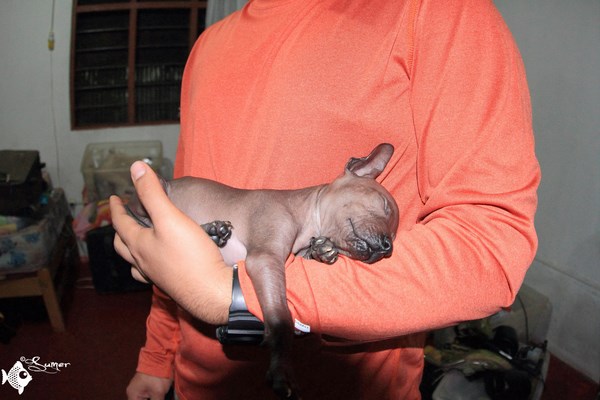
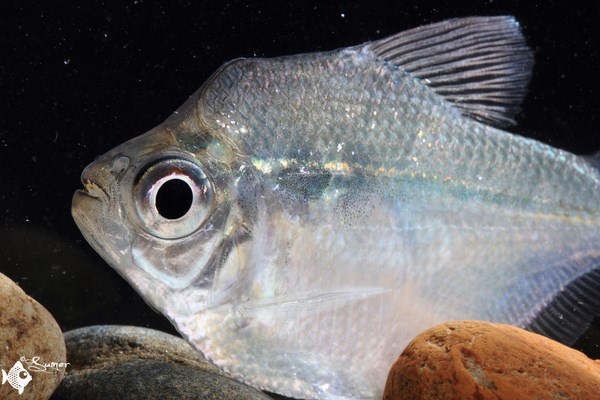
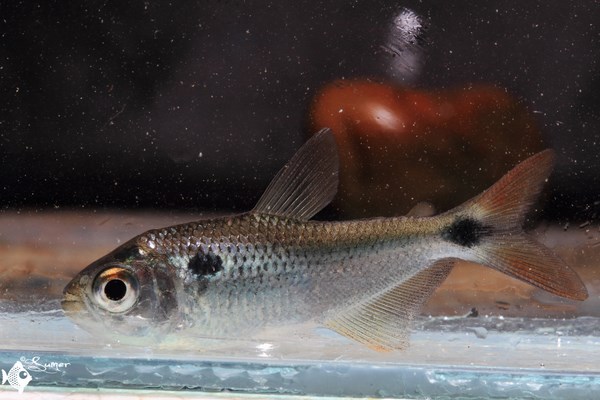
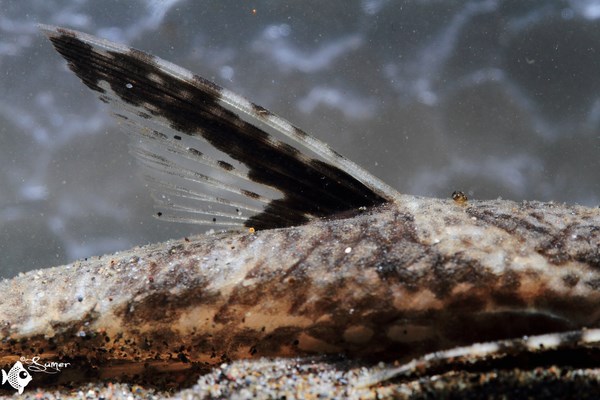
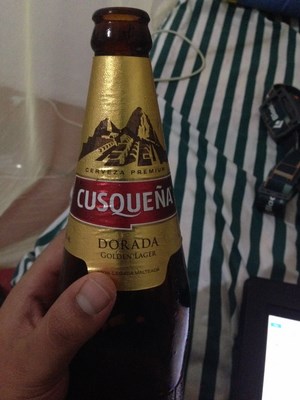





Trackbacks/Pingbacks